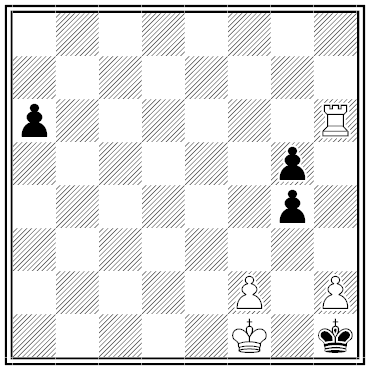Author: Greg Ross
“The Fable of the Man Who Didn’t Care for Storybooks”
Once there was a blue Dyspeptic, who attempted to Kill Time by reading Novels, until he discovered that all Books of Fiction were a Mockery.
After a prolonged Experience he came to know that every Specimen of Light Reading belonged to one of the following Divisions:
- The Book that Promises well until you reach the Plot, and then you Remember that you read it Summer before last.
- The book with the Author’s Picture as a Frontispiece. The Author is very Cocky. He has his Overcoat thrown back, so as to reveal the Silk Lining. That Settles it!
- The Book that runs into a Snarl of Dialect on the third Page and never gets out.
- The delectable Yarn about a Door-Mat Thief, who truly loves the Opium Fiend. Jolly Story of the Slums.
- The Book that begins with a twenty-page Description of Sloppy Weather: ‘Long swirls of riven Rain beat somberly upon the misty Panes,’ etc., etc. You turn to the last Chapter to see if it Rains all the way through the Book. This last Chapter is a Give-Away. It condenses the whole Plot and dishes up the Conclusion. After that, who would have the Nerve to wade through the Two Hundred and Forty intermediate Pages?
- The Book in which the Pictures tell the Story. After you have seen the Pictures there is no need to wrestle with the Text.
- The Book that begins with a Murder Mystery — charming Picture of Gray-Haired Man discovered Dead in his Library — Blood splashed all over the Furniture — Knife of Curious Design lying on Floor. You know at once that the most Respected and least suspected Personage in the Book committed the awful Crime, but you haven’t the Heart to Track him down and compel him to commit Suicide.
- The Book that gets away with one Man asking another: ‘By Jove, who is that Dazzling Beauty in the Box?’ The Man who asks this Question has a Name which sounds like the Title of a Sleeping Car. You feel instinctively that he is going to be all Mixed Up with that Girl in the Box before Chapter XII is reached; but who can take any real Interest in the Love Affairs of a Man with such a Name?
- The Book that tells all about Society and how Tough it is. Even the Women drink Brandy and Soda, smoke Cigarettes, and Gamble. The clever Man of the World, who says all the Killing Things, is almost as Funny as Ally Sloper. An irritable Person, after reading nine Chapters of this kind of High Life, would be ready to go Home and throw his Grandmother into the Fire.
- The dull, gray Book, or the Simple Annals of John Gardensass. A Careful Study of American Life. In Chapter I he walks along the Lane, stepping first on one Foot and then on the Other, enters a House by the Door, and sits in a four-legged wooden Chair, looking out through a Window with Glass in it. Book denotes careful Observation. Nothing happens until Page 150. Then John decides to sell the Cow. In the Final Chapter he sits on a Fence and Whittles. True Story, but What’s the Use?
Why continue? The Dyspeptic said that when he wanted something really Fresh and Original in the Line of Fiction he read the Prospectus of a Mining Corporation.
MORAL: Only the more Rugged Mortals should attempt to Keep Up on Current Literature.
— George Ade, Fables in Slang, 1899
Self-Help
In 1921, Pennsylvania surgeon Evan O’Neill Kane removed his own appendix. He wanted to show that a local anaesthetic would be adequate for some surgeries but wanted to be sure that a patient could tolerate the procedure. So on Feb. 15, propped up by pillows on an operating table, he cut into his own abdomen, using novocaine to dull the pain while a nurse held his head forward so that he could see the work.
“Just say that I am getting along all right,” he told the New York Times the following day. “I now know exactly how the patient feels when being operated upon under local treatment. … I have demonstrated the fact in my own case that a major operation can be performed by the use of a local anaesthesia without causing pain more severe than can be borne by the patient.”
He was 60 years old at the time. Nine years later he would repair his own hernia.
In a Word
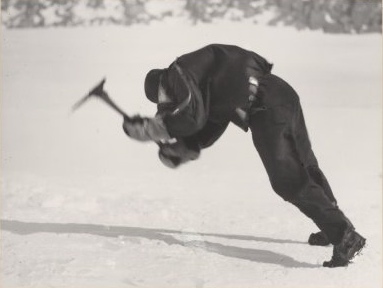
anemocracy
n. a government by the wind
Frank Hurley took the photo above during Douglas Mawson’s Australasian Antarctic Expedition of 1911. “The figure is actually leaning on a constant 100 miles per hour wind while picking ice for culinary purposes.”
Good Point
The people of Delos were arguing before the Athenians the claims of their country,– a sacred island, they said, in which no one is ever born and no one is ever buried. ‘Then,’ asked Pausanias, ‘how can that be your country?’
— F.A. Paley, Greek Wit, 1888
Thrills and Intrigue
In 2005, Chinese novelist Hu Wenliang offered 140,000 yuan ($16,900 U.S.) to the reader who could decipher his novel «?», which consists entirely of punctuation marks:
:?
:!
“‘……’”
(?)·«,»
;——
Hu claimed that the symbols represent a touching love story that took him a year to write, but he told the Beijing Daily Messenger that none of the 20 interpretations that readers had so far offered had satisfied him.
“I have my own answer, which is around 100 Chinese characters,” he said. “The interpretation should cover the description of characters and the plot of the story. I will reward someone who can guess 80 percent the hidden story correct.”
That was in July 2005. If anyone has offered a successful solution, I haven’t been able to discover it.
Bath Buddy
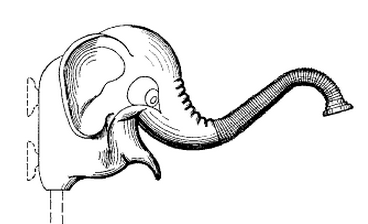
In 1955, James D. Crenshaw patented the greatest shower head in the history of human civilization.
Unless you’re hung over.
Clan Handled
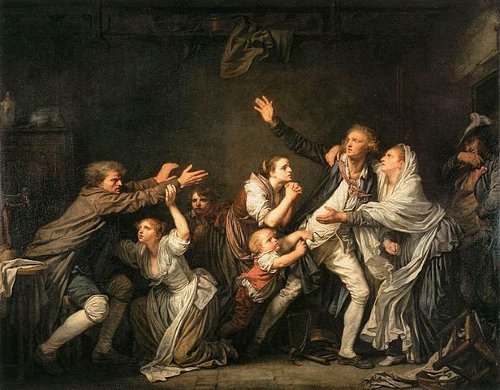
“Why does one never hear of a blessing thundering down the years and pursuing a certain family while pouring the gifts of the gods into their laps?” — Lady Norah Ida Emily Noel Bentinck, My Wanderings and Memories, 1924
The “Polish Schindler”
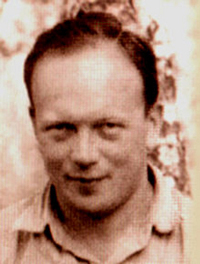
Physician Eugene Lazowski was practicing medicine in the Polish town of Rozwadów when he discovered that injecting healthy patients with dead bacteria could cause them to test positive for epidemic typhus without experiencing any symptoms.
Working secretly with his friend Stanislaw Matulewicz, Lazowski began injecting thousands of Poles in the surrounding villages, deliberately creating the appearance of an epidemic. Fearful of a contagious illness, the Nazis quarantined the affected villages rather than sending their residents on to concentration camps.
Lazowski’s efforts saved an estimated 8,000 men, women, and children who would otherwise have been sent to prisons, slave labor camps, or death camps. He survived the war and moved to the United States in 1958, where he taught medicine in Illinois.
“He’s why I became a doctor,” one of the spared villagers, Jan Hryniewiezki, told the Chicago Sun-Times in 2000. “He was a patriotic hero because he wasn’t afraid to do what he did during very bad times.”
“The basic duty of a physician is to preserve life,” Lazowski explained, “and this was a way of saving lives.”
Misc
- WEALTH is an anagram of THE LAW.
- Iceland is green, and Greenland is ice.
- Joaquín Rodrigo wrote his compositions in Braille.
- 45632 = –45 + 63×2
- “Thy modesty’s a candle to thy merit.” — Henry Fielding

